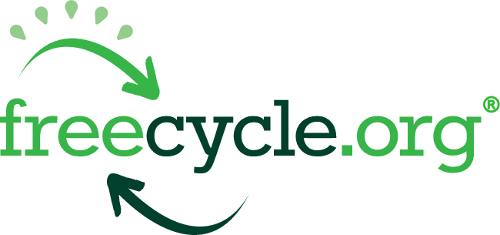Baby Step 17 - Naturally Female
Challenge: Consider the products used for your menstrual cycle, and if you're willing, make a switch to a more natural option.
Why: First, there is the
waste issue.
-Next to disposable diapers, disposable pads are one of the next items filling up our landfills at the greatest speed
-In 5 years (and most women say they use them much longer than that), a single cloth pad replaces an estimated 120 disposable pads or tampons
Next, is the
health issue.
-Disposable pads reduce air circulation creating a stagnant environment where bacteria thrive
-The plastic sheeting can cause rashes, irritations, and a susceptibility to yeast infections
-They contain bleaching residues which many women have allergic reactions to
-Low levels of dioxin (a known carcinogen linked to cervical cancer and more) have been found in almost every major tampon brand
Lastly, is the
cost issue.
-While reusable options may cost more upfront, the savings are hundreds if not thousands of dollars over the years
How: After reading through the information in the book, I was very much against cloth pads based on the gross-out factor alone. I felt like I at least needed more information. I Googled and researched the heck out of cloth pads. I perused the websites of many different companies and brands, and read countless reviews from real women. The more I read, the more convinced I became that cloth pads really were the best option for me.
After looking at the products on sites such as
Luna Pads,
Glad Rags, and even
Etsy, I chose the Glad Rags products as best for me.
My biggest concern was that my period is so light (not usually a concern), and I did not want to have a thick, uncomfortable pad when I didn't even need it. I was so pleased to see that Glad Rags actually had pads specifically for "light flow." The customization you get when you buy these products is incredible. Every woman is different and there are different stages of life to consider. We shouldn't all have to make do with the same products. I wanted a full cycle's worth, so I shelled out the dough and purchased the
Light Flow Kit (pictured below) containing:
-3 day pads (which include removable inserts)
-3 pantyliners
-1 carry bag for on the go
-1 small wet bag for storing pads at home
I am definitely on the bandwagon. I loved them. They are so comfortable. They are cloth, so they just feel like your underwear would anyways, and you feel completely dry. When reading the reviews before, I thought the women saying, "How did I live without these?" were over the top, but now I understand and even agree. And if a concern of yours is the cleaning and care, it's easy! Saving money, being healthier, feeling more comfortable, saving the planet. Who knew you could do all that with your period?
Check them out!
Other options:
I personally cannot use tampons or the likes of them, but there are more natural, healthier, environmentally friendly options for those too. These are menstrual cups and sponges. There are many brands and styles to choose from. Glad Rags sell some of these as well
here.
If you're not feeling too into the reusable options (even though I don't think you should knock it 'til you've tried it) another option would be to seek out an alternative brand of disposable pads that are more natural and chemical-free. I have seen these in natural food stores or the natural aisle of mainstream grocery stores.
Any thoughts?











